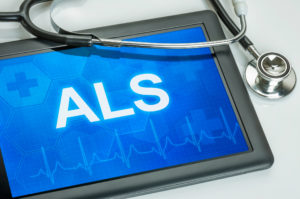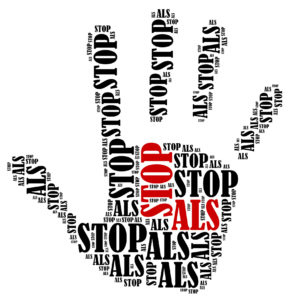
Stem Cell Therapy in Pakistan from the USA Leader! Treatment in Islamabad. Contact today to set up your consultation.

Amyotrophic Lateral Sclerosis, also known as Lou Gehrig’s disease or simply ALS, is a term used to describe a number of different neurological diseases. These conditions, which are relatively uncommon, affect the nerve cells which are responsible for controlling physical motions such as chewing and walking.

As the disease progresses, people tend to experience an increase in the severity of symptoms. ALS currently has no cure, but researchers are looking into the use of stem cells for helping to manage ALS.
At present, ALS has no treatment. This means that the disease tends to progress, becoming increasingly uncomfortable until the patients die. Patients with ALS generally die within 2-5 years after being diagnosed, continually losing control over their muscles and movements.
This indicates the serious need for treatment for ALS patients. Unfortunately, the underlying cause of the disease is difficult to specify. This makes it challenging for researchers to provide effective treatment.
There are a number of different stem cells. These stem cells are employed for various purposes. The most commonly used stem cells include:
iPSCs are stem cells that may prove to be useful for managing ALS.
iPSCs are taken from adult tissues – including those of the patients who may be struggling with ALS. These cells have the ability to develop into astrocytes. Astrocytes are cells which can help to support the function of nerve cells.
Research shows the use of mesenchymal cells is viable for managing ALS. These cells are known to help protect the nervous system. They can also help the body produce neurotrophic factors: compounds are known to help support the health of the nervous system.

There is no doubt that these stem cells show promise for helping to improve nerve function. Since ALS is a condition that affects the nervous system, many researchers are excited about the potential of stem cell therapy for managing the problem.
Researchers have also begun to investigate the use of different pluripotent stem cells. These cells can be coerced into adopting certain roles that may be useful for treating ALS.
Stem cell therapy for Amyotrophic Lateral Sclerosis (ALS) is offered by R3 Stem Cell International in Pakistan. Contact us Today at +1 (888) 988-0515 for an Evaluation for stem cell treatment!